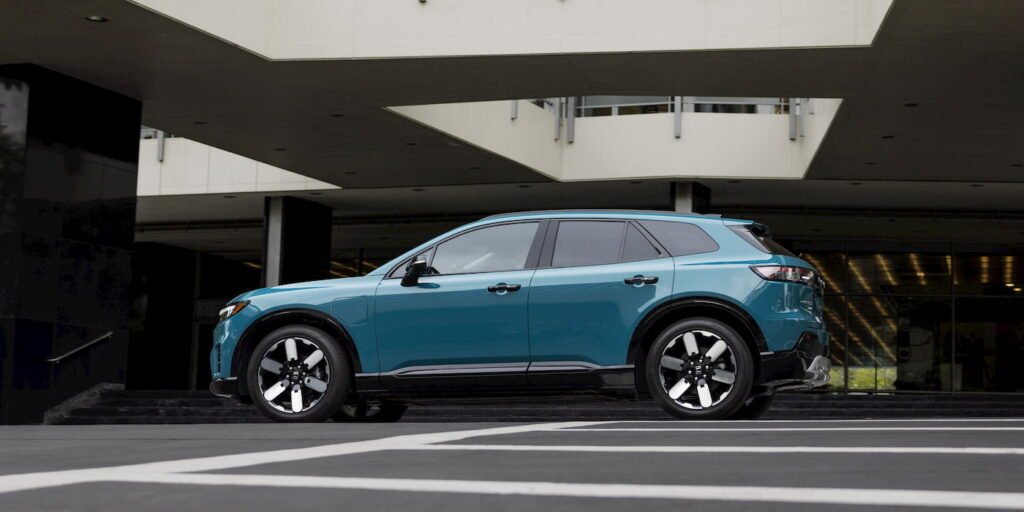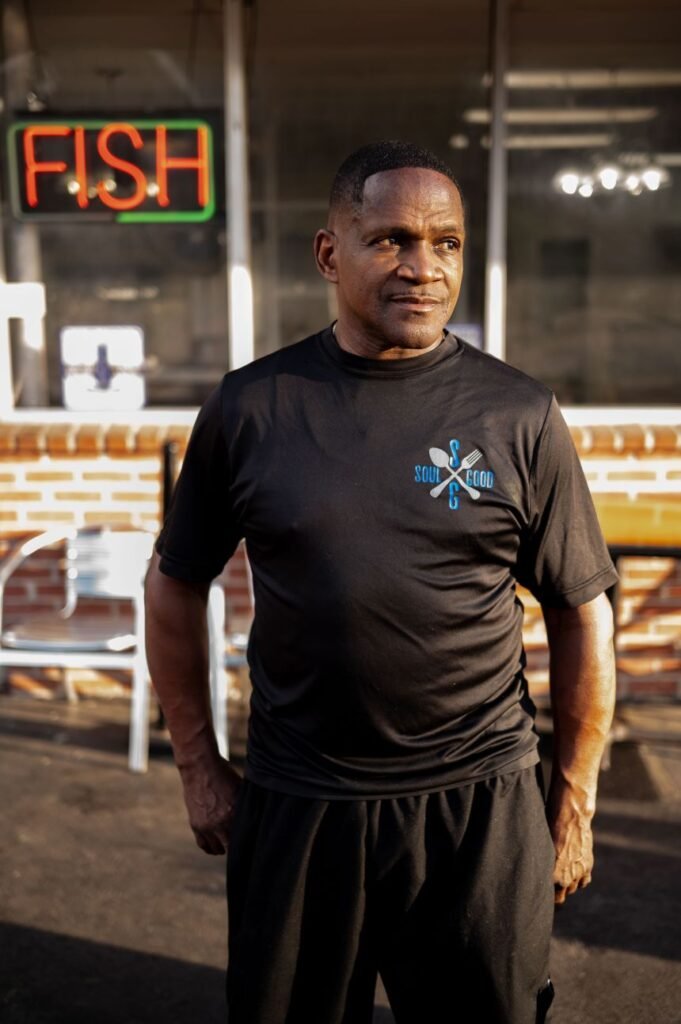The Electric Vehicle Council has urged the ACT Government to reverse its decision to remove the motor vehicle duty concession for electric vehicles, saying it risks slowing the uptake of EVs in Australia’s most successful EV market.
The decision to drop the concessions, from September 1, was revealed in the fine print of the recent ACT budget, and the EVC estimates it could add around $1,725 to the duty to be paid on a $60,000 battery electric vehicle.
“This decision risks slamming the brakes on the progress that the ACT is making in EV uptake,” EVC chief executive Julie Delvecchio said.
“The ACT stands out as Australia’s electric vehicle champion with adoption rates that surpass every other state and territory, and that’s largely driven by strategic incentives that get drivers to make the switch.”
Indeed, the ACT is by far the most successful EV market in the country, with EVs accounting for more than 23 per cent of new car sales in the last month, and has the highest penetration of EVs on the road, with 3.38 per cent, or 11,557 vehicles, according to data from the Australian Electric Vehicle Association.
“Incentives such as duty concessions and the Fringe Benefits Tax (FBT) exemption are essential to support and accelerate EV adoption, especially in these early stages of the transition when widespread uptake is crucial,” Delvecchio said.
She said demand-side incentives help overcome cost barriers for people who may not have otherwise made the switch.
“That initial switch is crucial because once people drive electric, they almost always remain electric. Removing incentives risks reversing this progress and undermining Australia’s emissions reduction efforts.
“We’re calling on the ACT Government to reconsider this policy shift, stay on track with its progress, and support its goal of environmental sustainability by maintaining financial incentives for EV adoption.”


Giles Parkinson is founder and editor of The Driven, and also edits and founded the Renew Economy and One Step Off The Grid web sites. He has been a journalist for nearly 40 years, is a former business and deputy editor of the Australian Financial Review, and owns a Tesla Model 3.







